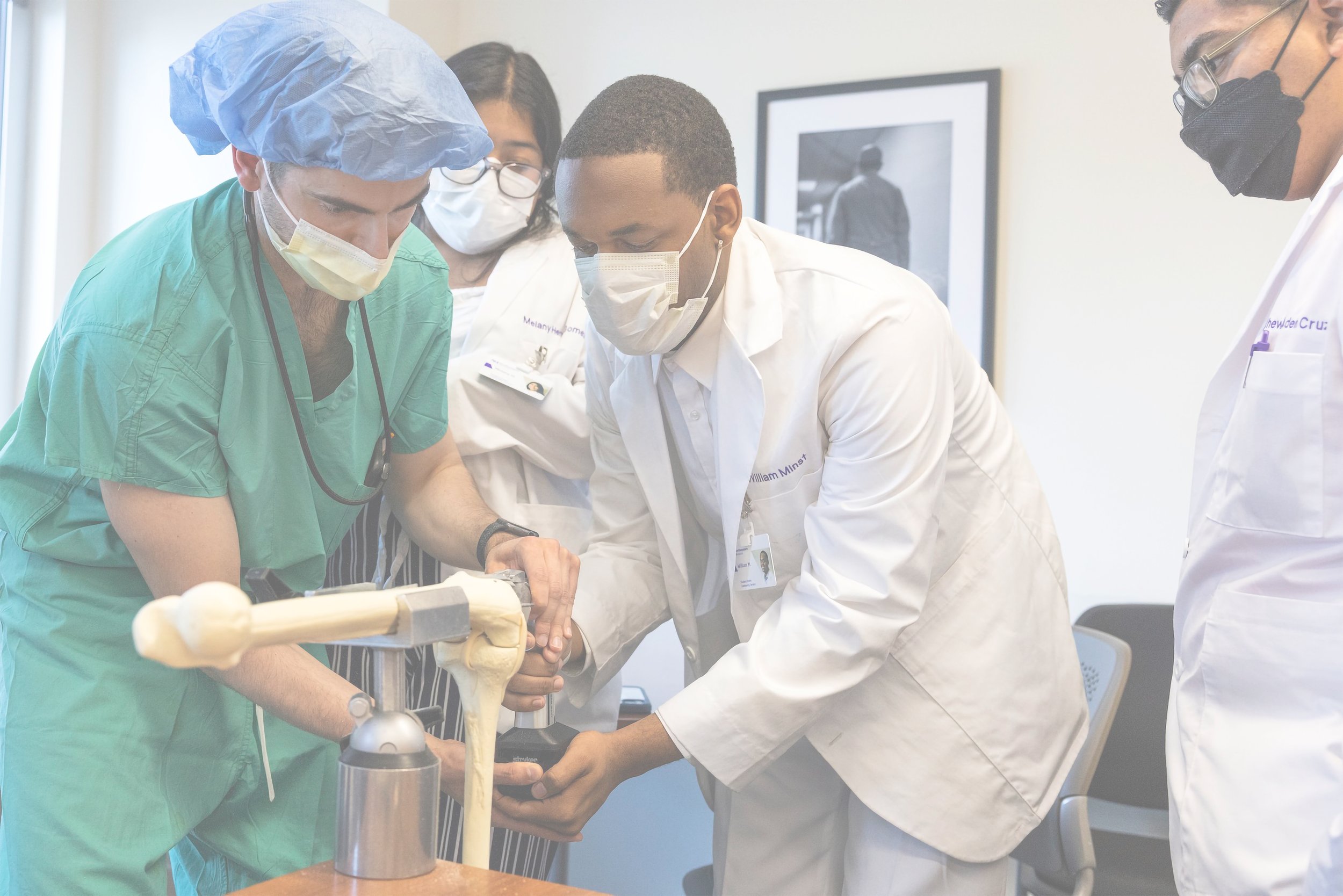
Expanding Science Identity in Urban High Schools
Integrative Supports, Resources, and Opportunities—Exploring and Expanding Urban High School Students’ Science Identity: A Longitudinal Qualitative Study
Organization
Northwestern Medicine
Role
Design Researcher
Strategist
Co-Author
Timeline
2 years
Skills
Design Research
Team
Professor
Healthcare Worker
Research Fellow
How can we foster science identity in underrepresented urban youth through equitable and impactful interventions?
This multi-year qualitative study explores the role of integrative supports and systemic resources in shaping students' relationships with STEM. As a design researcher, I applied human-centered design methodologies alongside traditional research approaches, uncovering actionable insights and co-developing solutions to bridge systemic gaps and empower marginalized communities.
Overview
Objective
To investigate the barriers and enablers of science identity among urban high school students from underrepresented communities and design solutions that foster equitable STEM engagement.
Design Challenge
How might we co-create interventions that empower marginalized youth to see themselves as confident participants in STEM?
Design Process
Fieldwork and Discovery
Research Methods
Conducted ethnographic observations, in-depth interviews, and participatory workshops with students, teachers, and families.
Focused on understanding students’ lived experiences, aspirations, and challenges within STEM education.
Key Insight
Many students faced systemic barriers, including lack of role models, culturally irrelevant curricula, and resource disparities, which hindered their science identity development.
Problem Framing and Analysis
Synthesized qualitative data using thematic coding and journey mapping to identify patterns in science identity formation.
Collaboratively framed key design challenges with stakeholders, such as:
How to make STEM education culturally relevant and engaging.
How to address systemic inequities in STEM access and support.
Organized ideation workshops with educators, policymakers, and students to explore potential solutions.
Brainstormed interventions such as:
Mentorship programs with STEM professionals from similar backgrounds.
Hands-on, project-based science learning modules.
Community science events that celebrate diverse contributions to STEM.
Co-Creation with Stakeholders
Developed prototypes, such as mentorship frameworks and classroom resources, in collaboration with teachers and students.
Tested ideas through pilot programs in urban schools, collecting feedback to refine the interventions.
Testing Solutions
Published the findings as a scholarly article, linking design insights to broader educational policy recommendations.
Shared solutions with educational institutions and community organizations for adoption and scaling.
Research Findings and Actionable Solutions
Key Insights
Barriers to Science Identity:
Systemic inequities limit students’ access to STEM resources and opportunities.
Cultural disconnects in STEM education alienate students from underrepresented backgrounds.
Enablers of Science Identity:
Culturally relevant, hands-on learning experiences foster engagement.
Mentorship and long-term support build confidence and a sense of belonging.
Expansion of Carlone and Johnson model:
→
Outcomes
A scalable mentorship program framework that connects students with relatable STEM professionals.
Curriculum modules that integrate students’ cultural contexts and real-world STEM applications.
A toolkit for educators to create inclusive science learning environments.
Impact
Academic Contribution
Published in Gifted Child Quarterly, advancing research on equitable STEM education.
Community Impact
Piloted programs reached over 40 students and demonstrated measurable improvements in engagement and confidence.
Policy changes influenced by the study prioritized equitable resource allocation in STEM education.
My Reflection
This project underscored the power of combining design thinking with qualitative research to address systemic challenges. By centering the voices of marginalized youth, we not only uncovered barriers but also co-created meaningful pathways for change. The journey from discovery to implementation highlighted the potential for design to drive equity and inclusion in STEM education.



